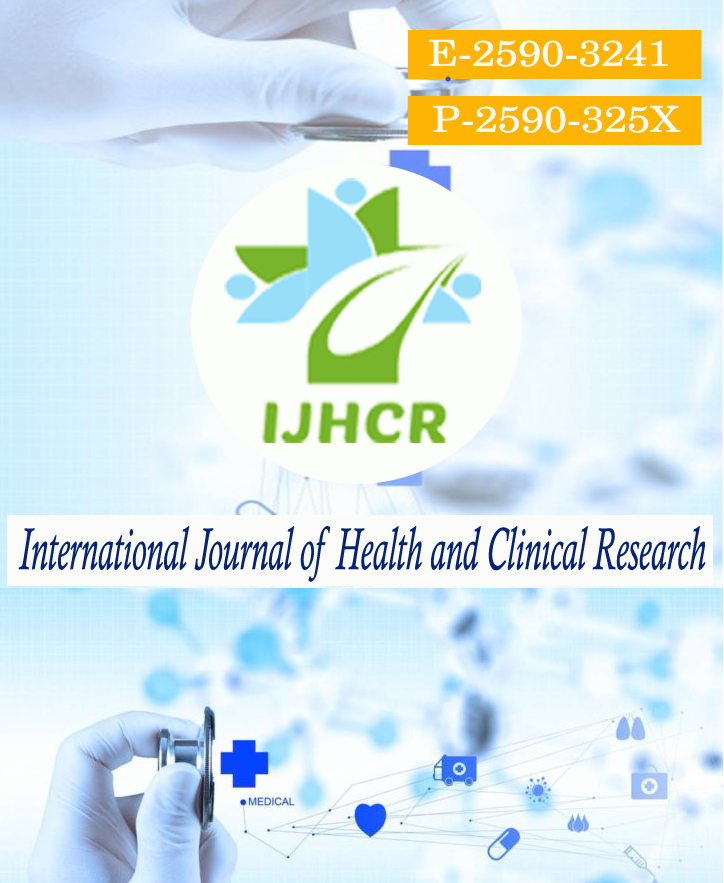Formulation and Evaluation of Rapid Dispersible Tablets of NSAIDS using Co-Micronisation Method
Keywords:
NSAIDS, RDT, Co-micronization, Tolfenamic Acid.Abstract
The objective of the present study was to develop a pharmaceutically active, stable, safe, cost effective and quality improved formulation of NSAIDS. Rapid Dispersible Tablets are an alternative to swallowing tablets, since they are made with a unique composition that dissolves rapidly in water to create a drinkable solution. As soon as a pill makes contact with the fluid, it begins to disintegrate. Next, the granules begin to de-aggregate, or break down into smaller, fundamental particles than they were originally. Less than three minutes is ideal for the RDT's rate of dispersal or disintegration. Superdisintegrants such as carboxymethyl cellulose, polyvinyl pyrrolidine, and sodium starch glycolate are crucial to the RDT development process. Solubility of drug is the basic factor which controls the release profile of the finished product. Particle size reduction or Co-Micronization (e.g. by high pressure homogenization) might also increase the saturation solubility of a drug, further enhancing the dissolution rate. The purpose of this study was to create a fixed-dose combination formulation for the efficient management of migraines. Co-micronization was used to enhance the release profile of tolfenamic acid.
Downloads
Published
How to Cite
Issue
Section
License
Copyright (c) 2023 Azharuddin, Abhay Gupta, Mukesh Kumar Gupta

This work is licensed under a Creative Commons Attribution 4.0 International License.






 All articles published in International Journal of Health and Clinical Research are licensed under a
All articles published in International Journal of Health and Clinical Research are licensed under a 